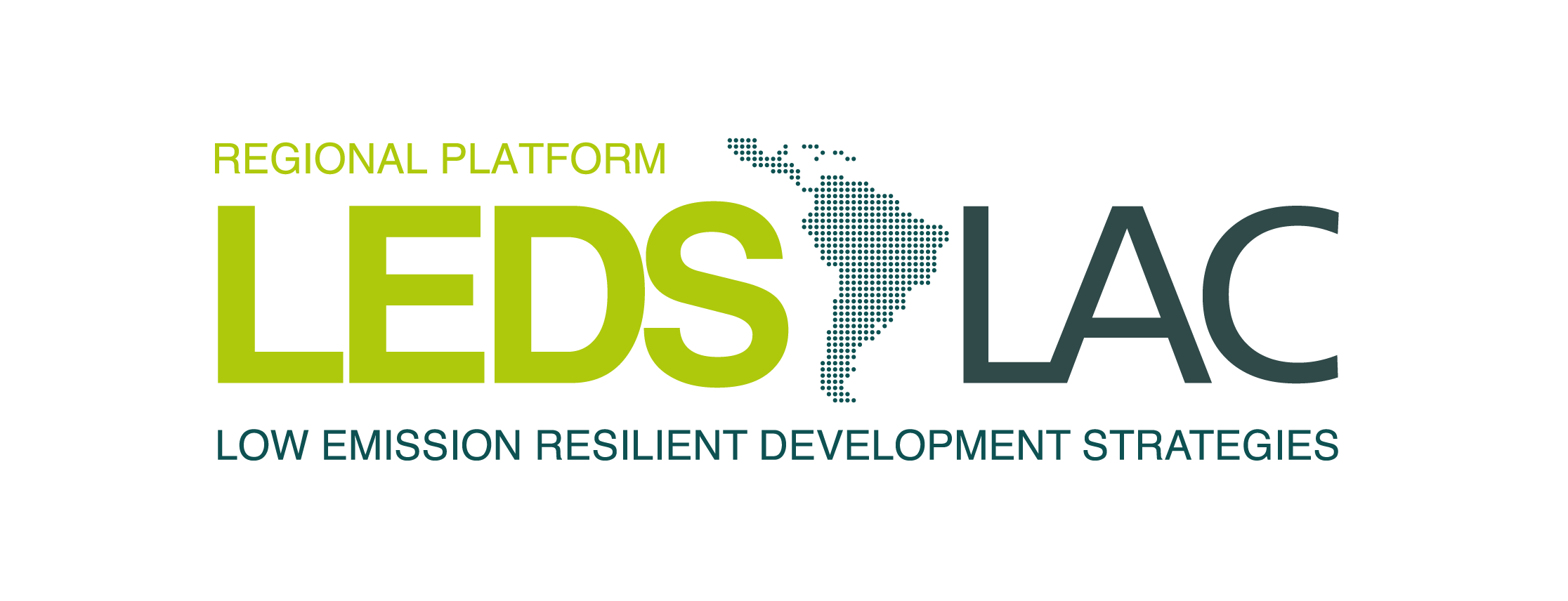About the Webinar
Agricultural activity is responsible for 14% of global emissions in accordance with the 4th Report of the IPCC (2007). The livestock production sector is a major contributor to that figure, and efforts to a more sustainable activity have grown in the region.
To achieve low-emission livestock is crucial to first know the sources and removal of greenhouse gases (GHG) emissions in connection with this activity, to accordingly design and implement best practices and monitor the results achieved.
In this webinar we will know first about the context of the current livestock and the importance of a more sustainable livestock. Subsequently we will know about two cases of significant efforts to achieve that goal. The first will focus on accounting for both emissions and capture of greenhouse gases in the livestock sector and the development of GHG balances as a result of it. The second is a national project for implementation of good agricultural practices that will enhance the reduction of emissions and increases the removal of them with the goal of achieving sustainable livestock.
Webinar Materials
Introduction. Ana María Majano. LEDS LAC Secretariat Coordinator, INCAE Business School.
Context and importance of low emission livestock.
Dr. Muhammad Ibrahim. Title, IICA. Download presentation here
The role of efficiency for the future development of low emission livestock sector.
Francisco Casasola. Coordinator EC LEDS Project, CATIE. Download presentation here
Livestock NAMA in Costa Rica: best practices of livestock productive sector
Damiano Borgogno. Environment and climate change official, UNDP. Download presentation here
The Role of Efficiency for the Future Development of Low Emissions Livestock Francisco Casasola. Coordinator EC LEDS Project, (CATIE) Download presentation here
Information available in spanish.
For questions about this webinar, please contact the LEDS LAC Platform: [email protected].[/fusion_text][fusion_separator style_type="none" top_margin="" bottom_margin="25px" sep_color="" border_size="" icon="" icon_circle="" icon_circle_color="" width="" alignment="center" class="" id=""/][fusion_text][fusion_text]
VIDEO
[/fusion_text][/fusion_builder_column][fusion_builder_column type="1_1″ background_position="left top" background_color="" border_size="" border_color="" border_style="solid" spacing="yes" background_image="" background_repeat="no-repeat" padding="" margin_top="0px" margin_bottom="0px" class="" id="" animation_type="" animation_speed="0.3″ animation_direction="left" hide_on_mobile="no" center_content="no" min_height="none"][fusion_youtube id="https://youtu.be/Hoi0KQ0zQ-E" width="600″ height="350″ autoplay="no" api_params="" class=""/][/fusion_builder_column][/fusion_builder_row][/fusion_builder_container]
